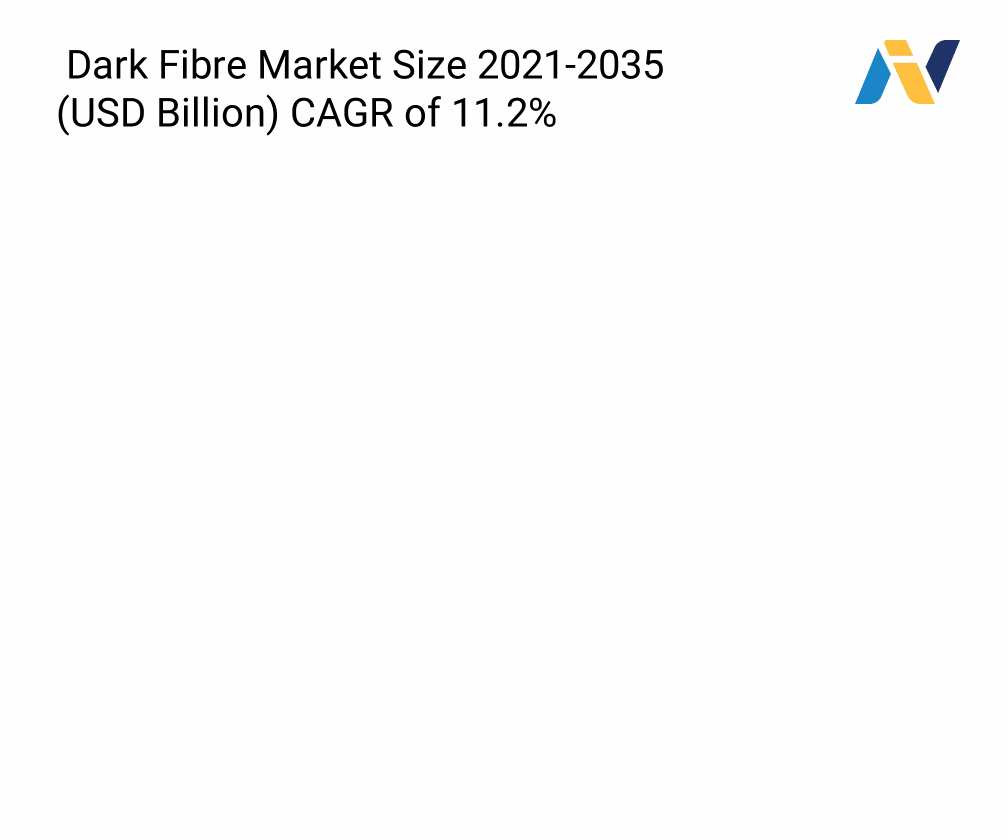Article Body
dark fibre market Outlook 2025: Rising Demand, Emerging Opportunities, and Global Trends
Introduction
As global data consumption reaches unprecedented heights, telecommunication infrastructure is undergoing a rapid transformation. At the core of this evolution lies dark fibre—the unused optical fiber capacity installed by network providers, awaiting “lighting up” through appropriate transmission equipment.
Once considered surplus infrastructure, dark fibre has emerged as a strategic asset powering cloud computing, 5G rollouts, enterprise networks, and digital economies. The global dark fibre market is forecasted to witness significant growth in 2025 and beyond, driven by the exponential rise in data-driven industries, hyperscale data centers, and Internet of Things (IoT) applications.
Explore Comprehensive Market Insights: https://nextgenintelligencestats.com/dark-fibre-market
Understanding the Dark Fibre Market
Dark fibre refers to unused optical fiber infrastructure laid beneath the ground and across continents. Telecom operators and enterprises often lease or purchase dark fibre to build private high-capacity networks, bypassing conventional service provider constraints.
Key advantages of dark fibre include:
-
Scalability – Enterprises can scale bandwidth as needed without recurring telecom subscription fees.
-
Security – Data travels on private fiber routes, minimizing risks of public network vulnerabilities.
-
Performance – Dedicated fiber ensures ultra-low latency and high speeds, ideal for AI, cloud, and mission-critical systems.
Market adoption was initially slow due to high infrastructure costs, but rising digital demand has made dark fibre an essential enabler of next-generation connectivity.
Market Size and Growth Drivers
According to industry research, the global dark fibre market is projected to grow at double-digit CAGR in 2025–2030, with North America, Europe, and Asia-Pacific leading adoption.

Key Growth Drivers:
-
5G Infrastructure Expansion
Telecom operators need dense fiber networks to support 5G’s low-latency requirements. Dark fibre offers faster rollouts compared to laying new infrastructure. -
Cloud and Data Center Boom
Hyperscale cloud providers like AWS, Google, and Microsoft increasingly lease dark fibre to interconnect global data centers, ensuring speed and redundancy. -
Enterprise Digital Transformation
Large corporations in sectors like finance, healthcare, and e-commerce are turning to dark fibre for secure, high-performance private networks. -
IoT and Smart Cities
With billions of IoT devices coming online, data backhaul demand makes dark fibre an indispensable backbone. -
Cross-Border Connectivity
Growing international bandwidth requirements between Asia, Africa, and North America drive underwater and terrestrial dark fibre expansions.
Market Segmentation
The dark fibre market can be analyzed based on:
-
Type of Network:
-
Metro Dark Fibre – Deployed in urban areas to connect businesses, data centers, and telecom towers.
-
Long-Haul Dark Fibre – Spanning across cities and regions, powering global internet routes.
-
-
Application Areas:
-
Telecom Service Providers
-
Cloud & OTT (Over-the-top) Platforms
-
Enterprises & Data Centers
-
Government & Military Networks
-
-
End-User:
-
IT & Telecom (largest share)
-
BFSI (Banking & Finance)
-
Healthcare (medical data exchange)
-
Education & Research Institutions
-
Regional Insights
-
North America: Dominates the dark fibre market, fueled by dense data center clusters in the US, strong adoption of cloud services, and early 5G rollouts.
-
Europe: Witnesses significant traction in enterprise fiber leasing, especially in the UK, Germany, and Nordics, where digital infrastructure investments are prioritized.
-
Asia-Pacific: Fastest-growing region, led by China, India, and Japan with massive investments in digital transformation and national 5G strategies.
-
Middle East & Africa: Emerging players, with ambitious fiber backbone projects positioned to support cloud adoption and fintech sectors.
Competitive Landscape
The Dark Fibre Market market is highly competitive, with global players focusing on innovation and partnerships to expand their portfolios. Leading companies include:
• GTT Communications, Inc.
• Vikram Group
• UFINET
• DEPL
• Landmark Dividend LLC.
• Unite Private Networks
• Sterlite Power
• Colt Technology Services Group Limited
• Consolidated Communications
• NexGen Networks
• Sorrento Networks
• FirstLight
• Microscan
• Verizon Communications, Inc.
• Lumen Technologies, Inc.
• NTT communications Corporation
• Zayo Group, LLC
• AT&T, Inc.
• Windstream Holdings, Inc.
• Crown Castle International Corp.
• Fiber Light, LLC.
• Comcast Corporation
• Others
Challenges Facing the Dark Fibre Market
Despite strong growth, the industry faces structural challenges:
-
High Initial Investment – Laying fiber requires significant capital, making adoption difficult for smaller enterprises.
-
Regulatory Constraints – Government policies in certain regions restrict private dark fibre leasing.
-
Maintenance & Management – Enterprises must manage their own network infrastructure, requiring skilled technical resources.
-
Geopolitical Risks – International connectivity via undersea cables can be impacted by global tensions.
Future Opportunities
Looking beyond 2025, the dark fibre market presents exciting opportunities:
-
Artificial Intelligence & Big Data Connectivity
AI training models demand ultra-fast, high-volume data exchange, requiring private fiber connections. -
Satellite + Fiber Hybrid Networks
Combining fiber with satellite internet (like Starlink) promises seamless global coverage. -
Edge Computing Growth
Enterprises setting up edge data centers in tier-2 cities will drive metro fiber leasing. -
Green Data Infrastructure
Energy-efficient fiber networks coupled with renewable power usage create sustainability-driven opportunities.
Conclusion
The dark fibre market in 2025 symbolizes the transition from unused telecom infrastructure to a cornerstone of global digital transformation. With the rise of 5G, edge computing, cloud growth, and IoT, dark fibre is no longer just a backup asset—it is now the strategic highway for data-driven economies.
While challenges such as high investment costs remain, the future trajectory points to mass adoption, industry partnerships, and innovative use cases across sectors.
For businesses, policymakers, and investors alike, dark fibre is not just about connectivity—it’s about enabling the next decade of global innovation.
Access Exclusive Market Data – Get a Sample Report Instantly - https://nextgenintelligencestats.com/request-sample-report/58

Comments